How to Erase Your iPhone, Android or Windows Phone
You bought a new phone. You want to sell your old phone. Here’s how to remove your personal data before handing the phone over to a stranger.
So you’ve just bought a new phone. You want to sell your old phone, but you’re worried about the buyer finding personal information on it. That’s smart — you can never be too careful. Here’s how to remove all that personal data before handing the phone over to a stranger.
First, back up all your data and transfer important files to your new phone. This should include pictures, documents, apps (with logins) and media (music, videos and e-books). Some platforms, such as Apple’s iOS and Google’s Android, and carrier networks, such as Sprint, provide backup services. If you need a quick online-backup service, we recommend using apps like Dropbox or Google Drive.
Next, delete everything from storage media. Usually, this just means formatting the microSD card, if your phone has one. Most phones have an option somewhere in the settings menu to format the memory card. This wipes the data completely. Another option is to simply remove the microSD card and use it for your new phone, as long as the new phone accepts storage media (iPhones and many Android phones don’t) and you make it clear to potential buyers that a microSD card isn’t included with the phone you’re selling.
Most devices are synced up with any number of social accounts, including Apple, Google, Facebook and Twitter. Sometimes these accounts will use permissions, a phone number or a device ID to sync up with your device. We recommend checking your Apple, Google and Facebook account settings and removing this particular data from the account.
The next, and most important, step is to perform a factory data reset, also known as a factory wipe or hard reset. In essence, the factory reset removes any personal data and apps and returns the phone to the default state the phone was in when you purchased it.
Android Smartphones
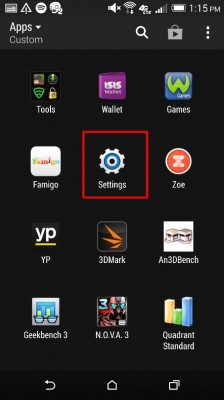
1) Open your Settings app and click General.
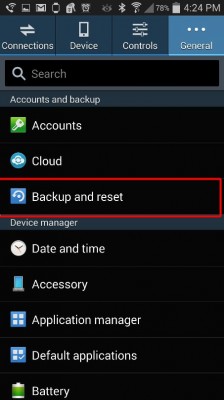
2) Tap Backup And Reset.

3) Tap Factory Data Reset. This function will reset all your setting and remove all personal data from your phone.
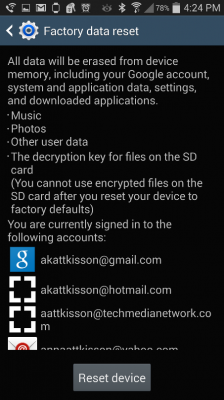
4) Confirm that the phone can delete the listed data. After you activate Factory Data Reset, your device will list what data it will delete. For example, some phones will not delete photos unless you opt to do so. If you need to backup files, Android can use Google Drive to provide support. If you accept, the system will reboot and return to factory settings.
Pro Tip: Many Android phones have additional device-specific methods for performing a factory reset. Some use particular codes to do a full reset, others have specific button combinations for shutting it off. Check with your phone’s designer to determine what method will work for you.
iPhones
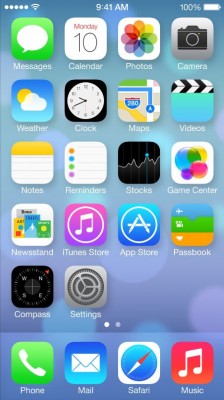
1) Make sure you’ve backed everything up: Apple can use iCloud to save various features, including settings, contacts, and music.
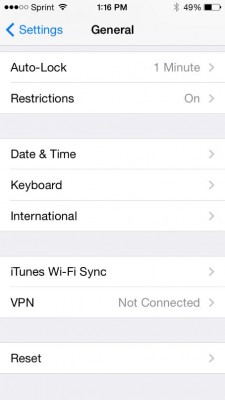
2) Tap the Settings app and select General.
Get instant access to breaking news, the hottest reviews, great deals and helpful tips.
3) Tap Reset. It can be found at the bottom of General menus.
4) Push “Erase all content and settings”. If you’ve locked your iPhone settings, you will have to re-input your security code.
If you’ve lost your code or want to sync your phone directly with your computer, you can perform a factory data reset by connecting the phone to a computer and using iTunes.

1) Open iTunes and sync your iPhone with your computer.
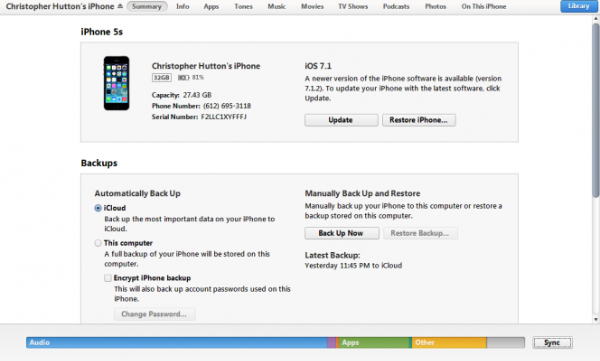
2) Click on the iPhone List.
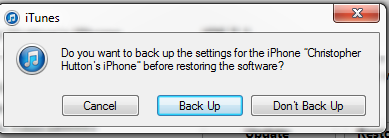
3) Choose Restore.
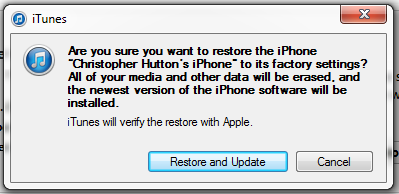
4) Make sure you back up your phone if you need to.
5) Restore Your Phone. All data will be removed, and factory settings will be restored.
Windows Phones
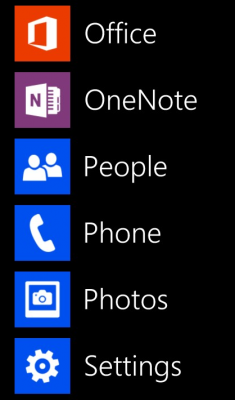
1) Access your App List. You can access that by swiping to the left on the main menu scrolling down the list.
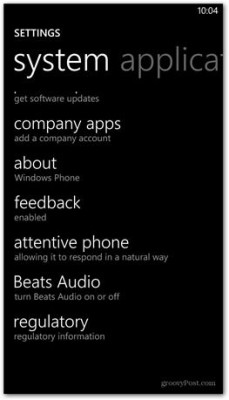
2) Tap Settings. Your settings can be found on your app list.
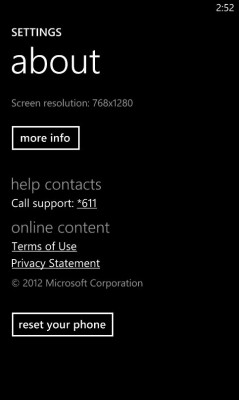
3) Tap About. You can find this at the bottom of your settings.
4) Tap Reset Your Phone. You will then receive two warnings, requiring you to recognize your actions.
Pro Tip: There are also methods to perform a hard reset using just physical buttons (volume and camera buttons, for instance), but they vary based on manufacturer and model, so you’ll need to look up the method for your specific device.
If you’re truly paranoid: Even after a factory reset, forensic tools used by law enforcement agencies can go into a phone (or hard drive) and retrieve data that isn’t written over. To make sure everything’s unreadable, the data should be encrypted before a factory reset is performed.
If you have an iPhone and you’ve set a screen-lock PIN, your phone is already encrypted. Strengthen that encryption by replacing the PIN with a longer alphanumeric password. Here’s how. If you’re an on Android phone, here’s how to encrypt it.
Finally, remove the phone’s SIM card, even if you won’t need it any more. It may contain lots of your personal information, such as text messages, recent calls and contacts, all of which could easily be read. If you’re switching from one phone to another on the same carrier, or moving to an unlocked phone, you may be able to simply transfer the SIM card to the new phone.

